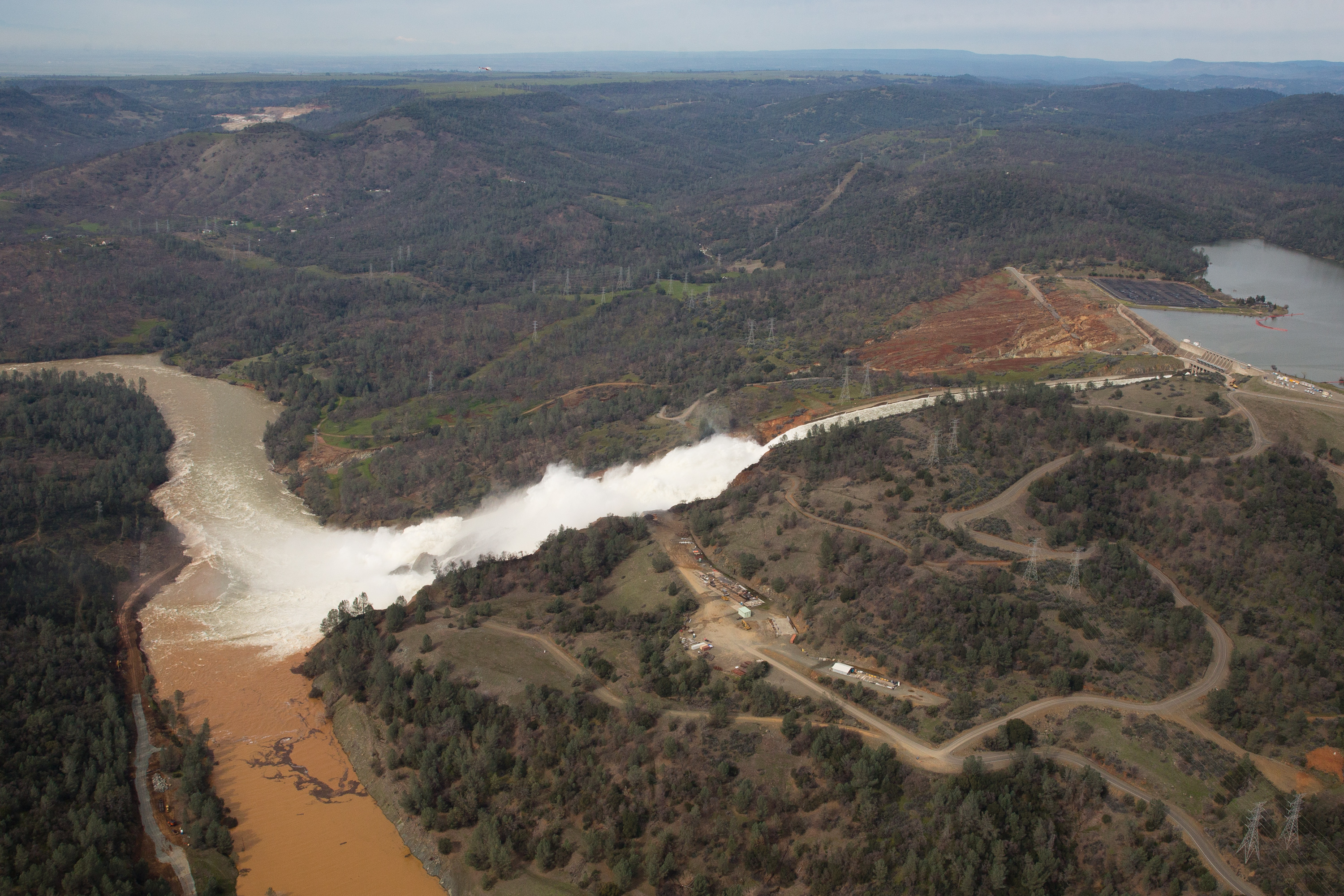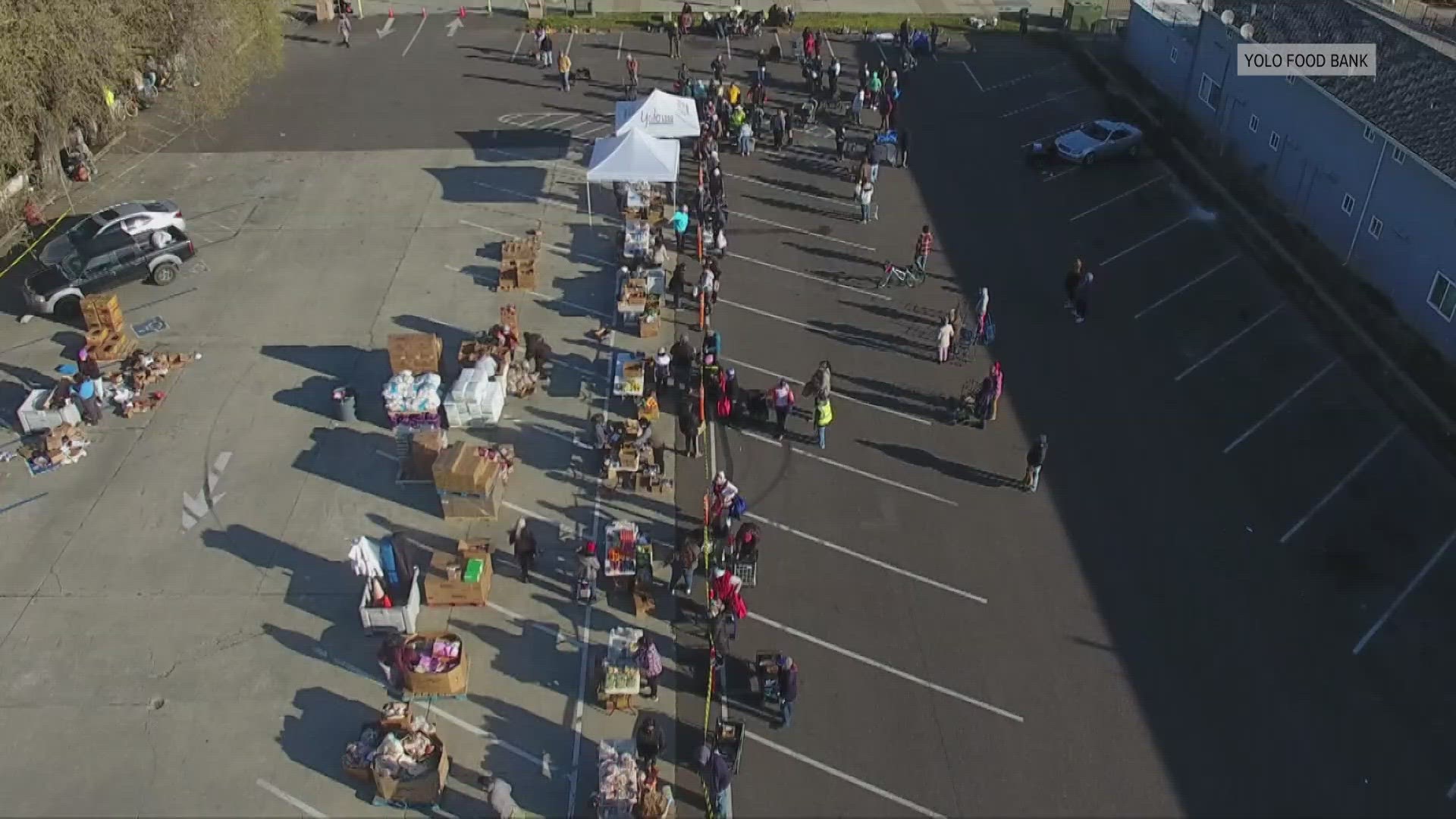It was just before midnight March 12, 1928, when the St. Francis Dam north of Santa Clarita collapsed, sending 12 billion gallons of water gushing to the Pacific Ocean and killing at least 530 people.
The torrent raced 54 miles down the Santa Clara River Valley, a 180-foot wall of water sweeping away homes, livestock, vegetation and people. It was California’s second-worst disaster at the time after the San Francisco earthquake and fire.
The tragedy is considered one of the worst American civil engineering failures of the 20th century and ended the career of William Mulholland, the legendary, self-taught engineer who built the Owens River Aqueduct and made it possible for modern Los Angeles to flourish.
Lessons learned in the St. Francis Dam tragedy may have helped spare the lives of more than 100,000 of people evacuated in the Oroville Dam spillway emergency in Northern California, experts said Monday.
“In Oroville, the emergency spillway may have failed but the dam itself is still standing,” said Alan Pollack, president of the Santa Clarita Valley Historical Society. “While we don’t know the technical details of why it’s still standing, there were over 400 people who gave their lives in the St. Francis Dam disaster that contributed to the massive saving of lives up in Oroville.”
New safety regulations were established in the aftermath of the St. Francis Dam collapse, including government oversight of dam construction, he said.
“No longer would we rely on just one person to build a dam without any oversight,” Pollack said, referring to Mulholland. “Had the Oroville Dam been built with the defects of the St. Francis Dam, it’s entirely conceivable that instead of the spillway failing, it would have been the Oroville Dam failing.”
The St. Francis Dam collapsed because the location was unsuitable, said Jon Wilkman, author of the book “Floodpath: The Deadliest Man-Made Disaster of the 20th Century America and the Making of Modern Los Angeles.”
“What the Oroville situation and the St. Francis Dam collapse showed us was the enormous and destructive power of water,” Wilkman said. “We often take that for granted.
“In the case of the St. Francis Dam, it was a total and catastrophic failure,” he continued. “It collapsed because it was placed in a poor geographic location that was not adequate for a large, concrete dam.”
Although construction, regulation and technology have vastly improved since the St. Francis collapse, there are other problems with dams today. Oroville Dam was dedicated in 1968.
“Oroville Dam is very well built and there’s no design flaws," he said, "but a lot of those big dams are not always maintained.”
Pollack, who is leading an effort to have Congress establish a national memorial honoring the St. Francis Dam victims, said that when he heard about Oroville over the weekend, he immediately thought of the 1928 tragedy.
“There’s many who say the St. Francis Dam disaster occurred more than 90 years ago, and why do we care about something from so long ago?” he said. “But this is not ancient history. To this day, it’s relevant. Those who don’t learn from history are doomed to repeat it.”


